Boudoir photography: Making clients feel beautiful
Susan Eckert shares her boudoir photography secrets on how to get clients comfortable and on how she prices her photgraphy work.
11.7.2017
One of Susan Eckert’s most memorable boudoir sessions got off to a particularly rocky start. Ten minutes in, the client started hyperventilating.
Eckert put down her camera, gave the client, Anne, some water, and sat down to chat. Anne, who had made significant strides in a two-year weight-loss journey, confessed the moment brought her back to a time in her life when she’d felt rejected, unfeminine, and overweight.
“I said, ‘Oh gosh, well that woman’s not here today,’” Eckert recalls. “I started showing her pictures [of herself] in the camera, and I asked, ‘Does she look feminine?’ Anne said, ‘Yeah.’ And I asked, ‘Does she look overweight?’ She said, ‘No.’”
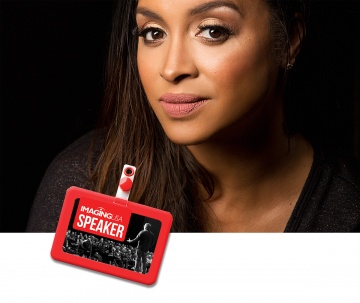
The pep talk gave Anne the boost she needed to get back in front of the camera for that session, and she’s since joined the ranks of women who return to Eckert’s Long Island, New York, studio year after year. And it’s not just the beautiful photos she’s going back for.
“After she got back up there, she was so empowered,” Eckert says. She’s using the experience as a tool toward achieving her weight-loss goals.
Eckert, who’s been in business for 10 years, says tapping into the psychology of the boudoir photography experience is key to building a loyal and satisfied client base. While it may be rare for a client to hyperventilate on set, Eckert, who has a master’s degree in psychology, says most people bring some sort of insecurity, apprehension, or internal struggle to the session.
“Everyone who stands before the lens is coming to that space at that moment in time with a world of history behind them and a bundle of tangled nerves and past experiences that will shape their experience in this boudoir session,” she says. “In order to break that wall that most women have up about body image—about feeling comfortable enough to really fully express themselves in a short period of time in front of the lens—I need to be able to work with them at a level that lets them know they’re safe and that recognizes and understands what they’re feeling.”
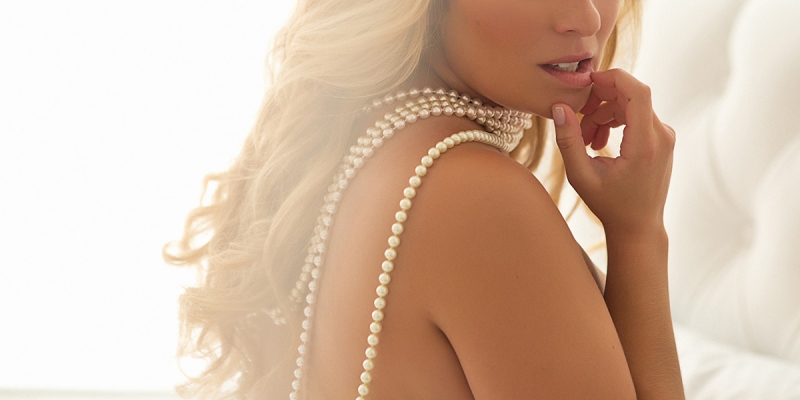
“I’m not trying to deliver psychological services, but I just try to be aware of the psychological world that my client is bringing with her to the shoot,” she adds.
And other photographers don’t need a background in psychology to do the same. Eckert says it comes down to cultivating a client-centered approach, which starts with getting to know the client’s story.
“Why’s she doing this? What’s she trying to get out of it? Everyone has their story. So finding out what that story is and spending time to get that from people up front will shape and inform everything that you do,” Eckert says.
However, since everyone’s story is different, the overall aesthetic may vary a good deal from shoot to shoot, and it may even differ somewhat from a photographer’s own sense of style.
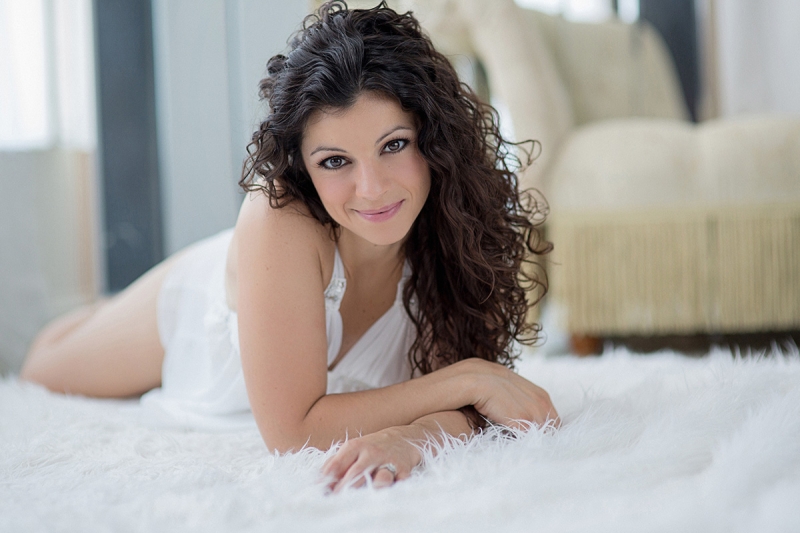
“It’s about flipping the perspective that photographers have because many photographers are trained to shoot from their own aesthetic, and you have a signature look so that people will see a picture that you’ve shot and they’ll say, ‘Oh yeah, that’s a Susan Eckert photograph,’” she notes. “But I think boudoir is so intimate and personal … it’s about who you [the client] are in your personal space. So I try to deliver the opposite message: That this is for everyone. It doesn’t have to be shot in an over-the-top sensual way.”
Once you know your client’s story, Eckert advises lighting and posing can be tailored to have relevance to that story.
At Anne’s first boudoir shoot, for example, Eckert knew Anne wanted to feel feminine and celebrate her weight loss progress while motivating herself to keep going. So she incorporated soft lighting, light-colored lingerie, and feminine posing in some of the shots for a romantic feel and an edgier chalkboard backdrop and strobe lights in others for a fitness vibe.
One of the biggest mistakes boudoir photographers can make, Eckert says, is ignoring how a client is feeling while you’re trying to get the perfect image. She advises photographers to remain alert and tune in to nonverbal cues clients may exhibit. If a client looks vulnerable, Eckert notes, she’s probably feeling that way.
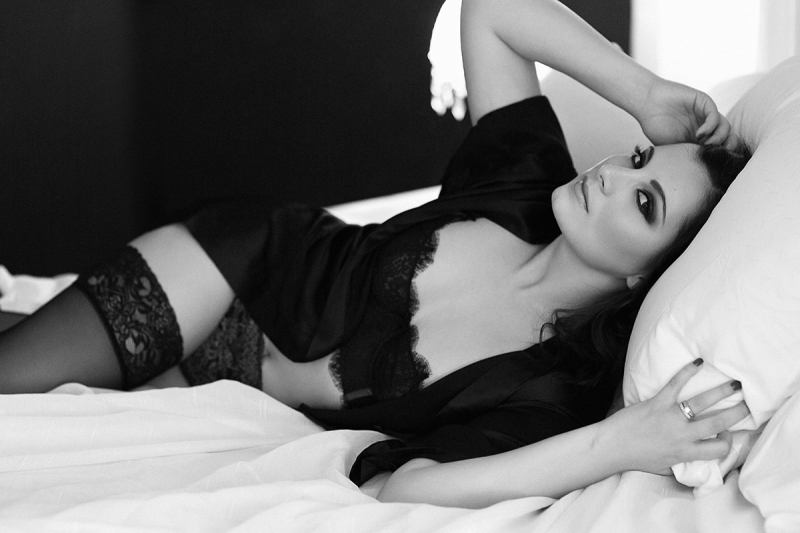
“I’ve seen things like … someone standing before the lens looking really uncomfortable, almost scared, and the photographer just keeps shooting, shooting, shooting, shooting,” Eckert says. “If I have a client before me who stands and does that, I put my camera down on the floor and I say, ‘What’s going on in your head? What are you feeling right now?’ And then we’ll talk about it.”
Regardless of the mood, Eckert suggests stopping periodically during a session to touch base with the client. During these check-ins, she shows the client a few images on the camera to make sure they align with the client’s vision. This helps ensure the client will love the result, build trust, and want to purchase photos.
“Some of the poses that you guide people into, it feels unnatural for them if they’ve never done this before,” Eckert explains. “So when I show pictures and I say, ‘You see the difference between when you do this and when you do that? Which one do you think is better?’ They go, ‘Oh yes. That looks so much better the way you’ve been telling me to do it, now I get it.’”
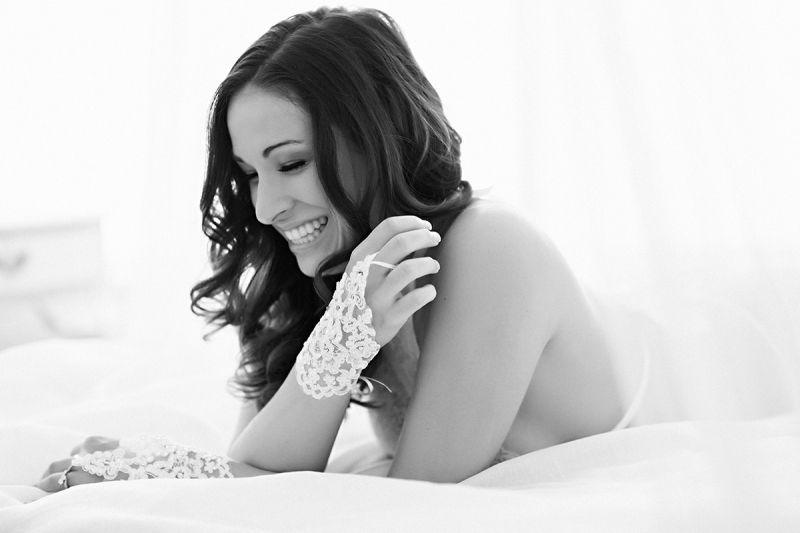
Perfect your pricing
Devoting this much attention to each session limits the number of projects Eckert can take on. She likes to take no more than seven to 10 clients per month. That means she’s charging more per client to make her business model sustainable.
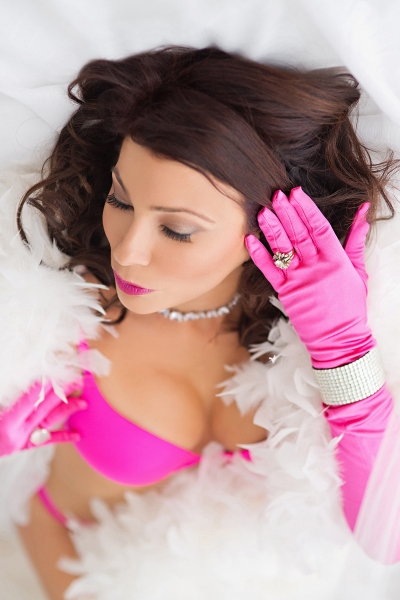
“With overhead of a studio and on a main street, I need to have my overhead covered. I need to be making money. My price point is a lot higher than a lot of people in my area, and I have to justify that 24/7,” she says. “But what I tell new photographers is, once you have a client base, they get it.”
Eckert developed her pricing model by assigning a value to her images and the time it takes her to deliver them. She uses high-end album companies to create her products so that everything she does is aligned with quality.
“A lot of photographers, especially when they’re starting out, feel pressured to offer the lowest price point that they possibly can,” Eckert remarks. Trying to sell products that are less-than-optimum quality is only going to come back to bite you, she says, because your photographs won’t look stunning, which is particularly important with boudoir portraiture.
When Eckert advises photographers on sustainable business practices, she says they often ask her the same questions: How do I get more clients? Where do I advertise? How do I get my Google listing higher?
“They focus on the wrong things,” Eckert says.
Instead, focus on your market on nurturing clients like Anne, who leave the studio of Long Island Boudoir Photography feeling great about themselves and then go tell all their friends about the lovely experience. Not only will the client come back again, she’s also generating new leads among people who are prepped to believe Eckert is worth every penny she charges.
“That is worth more than any advertising dollar could get you,” Eckert says.
Deblina Chakraborty is a writer in Denver.
Tags: boudoir photography pricing

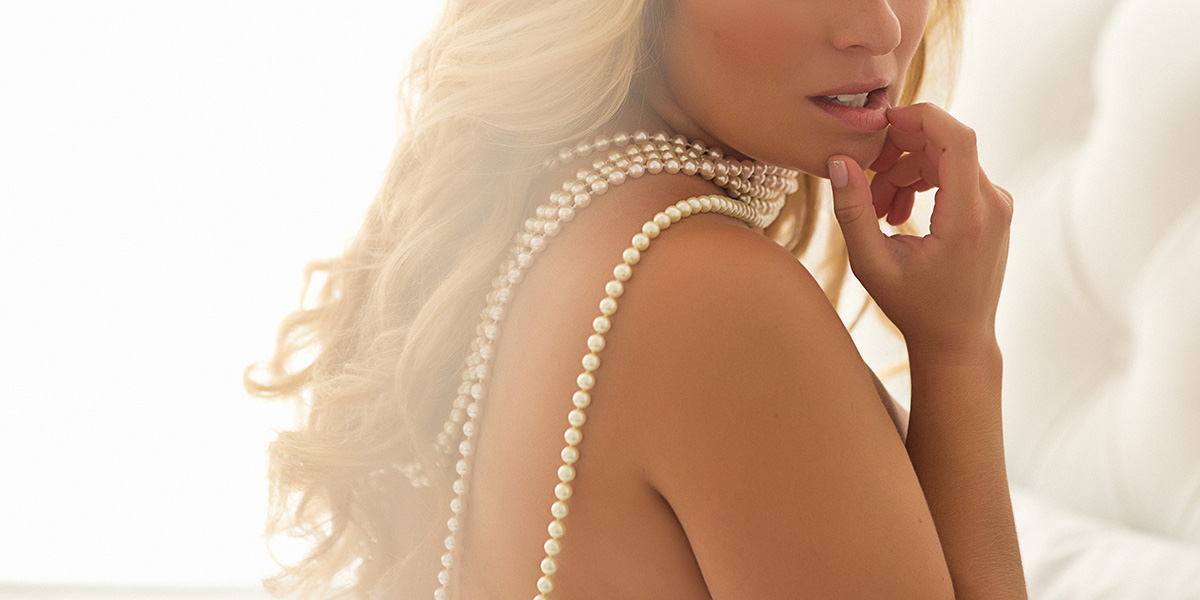
 View Gallery
View Gallery